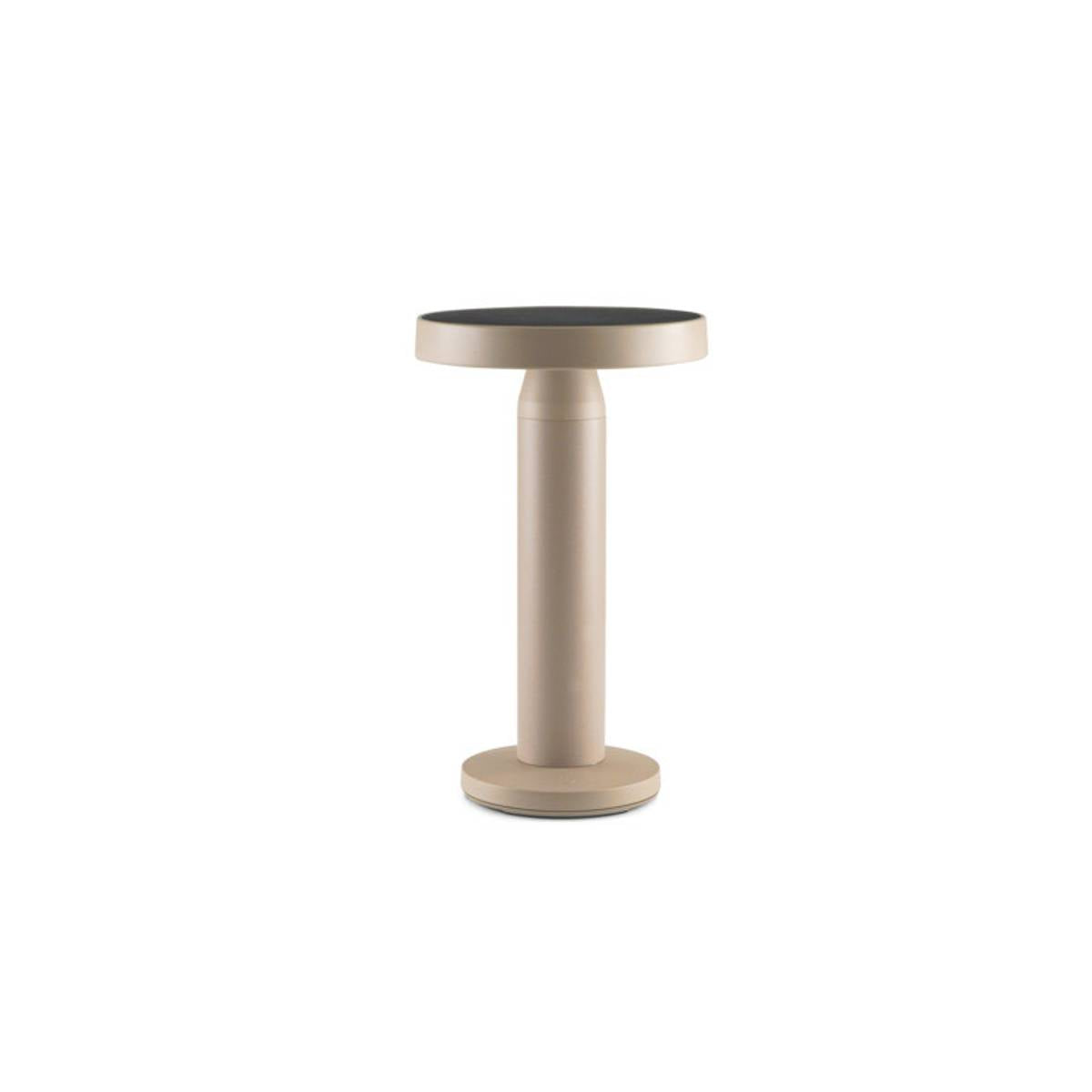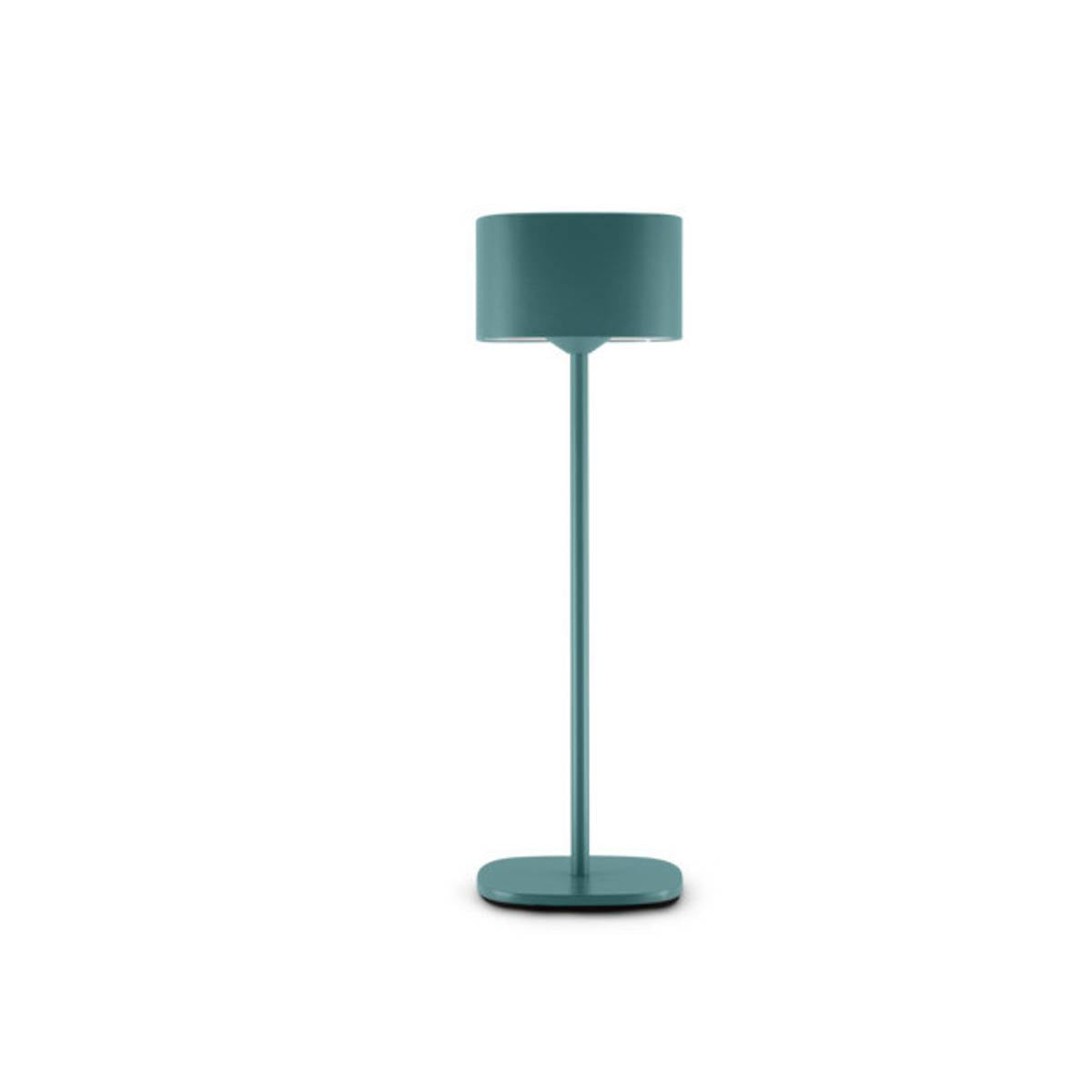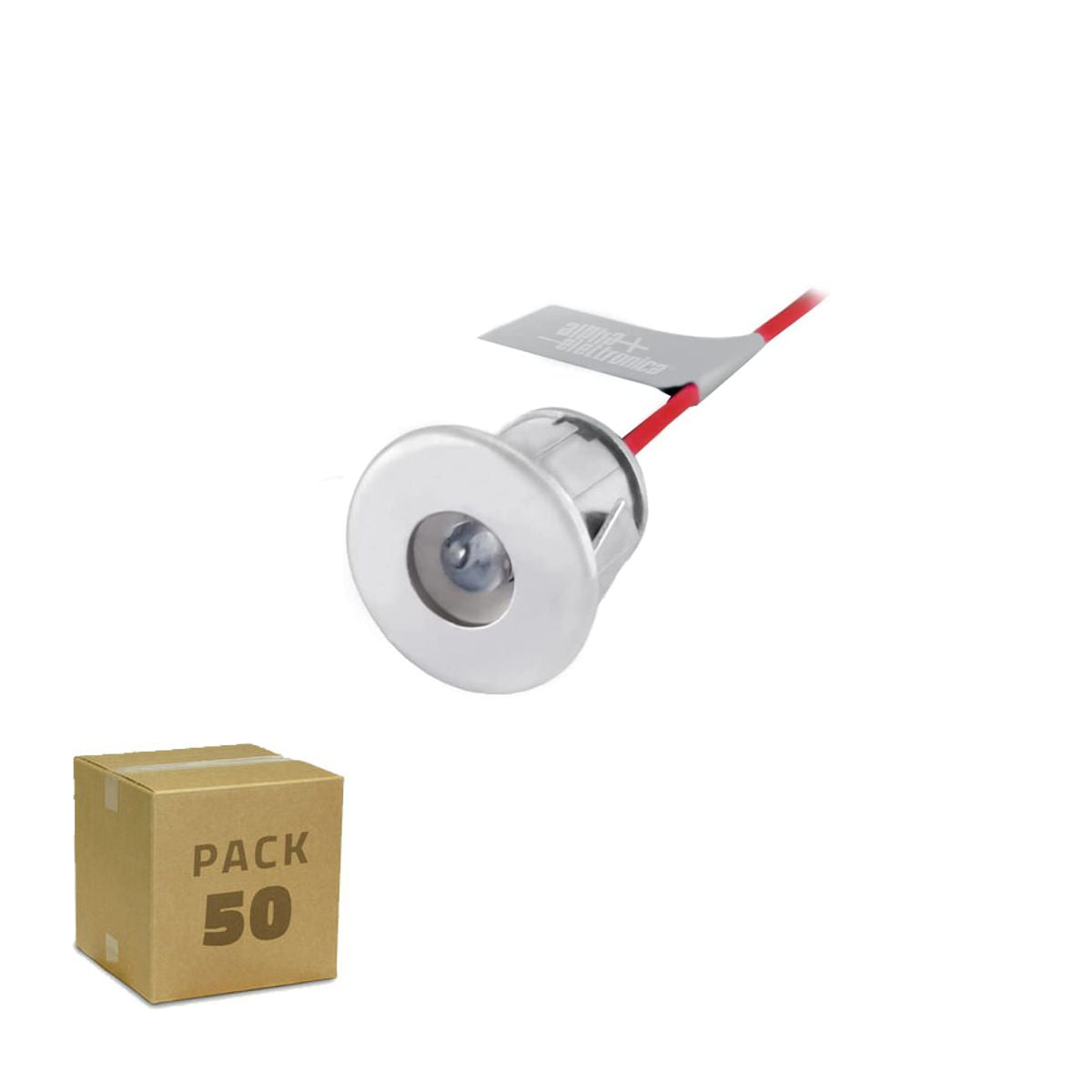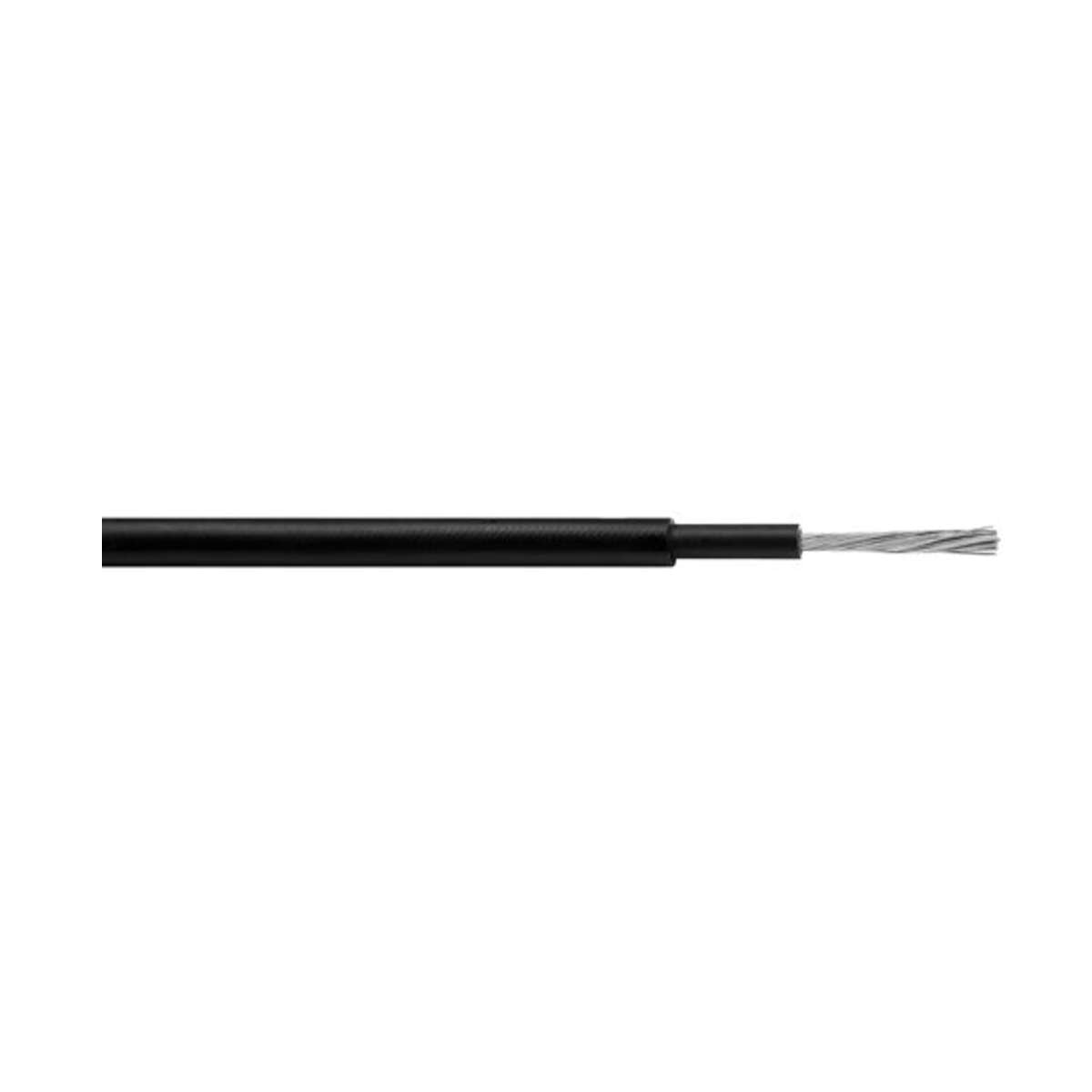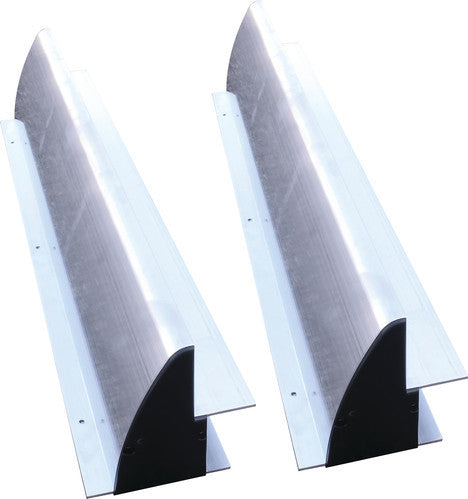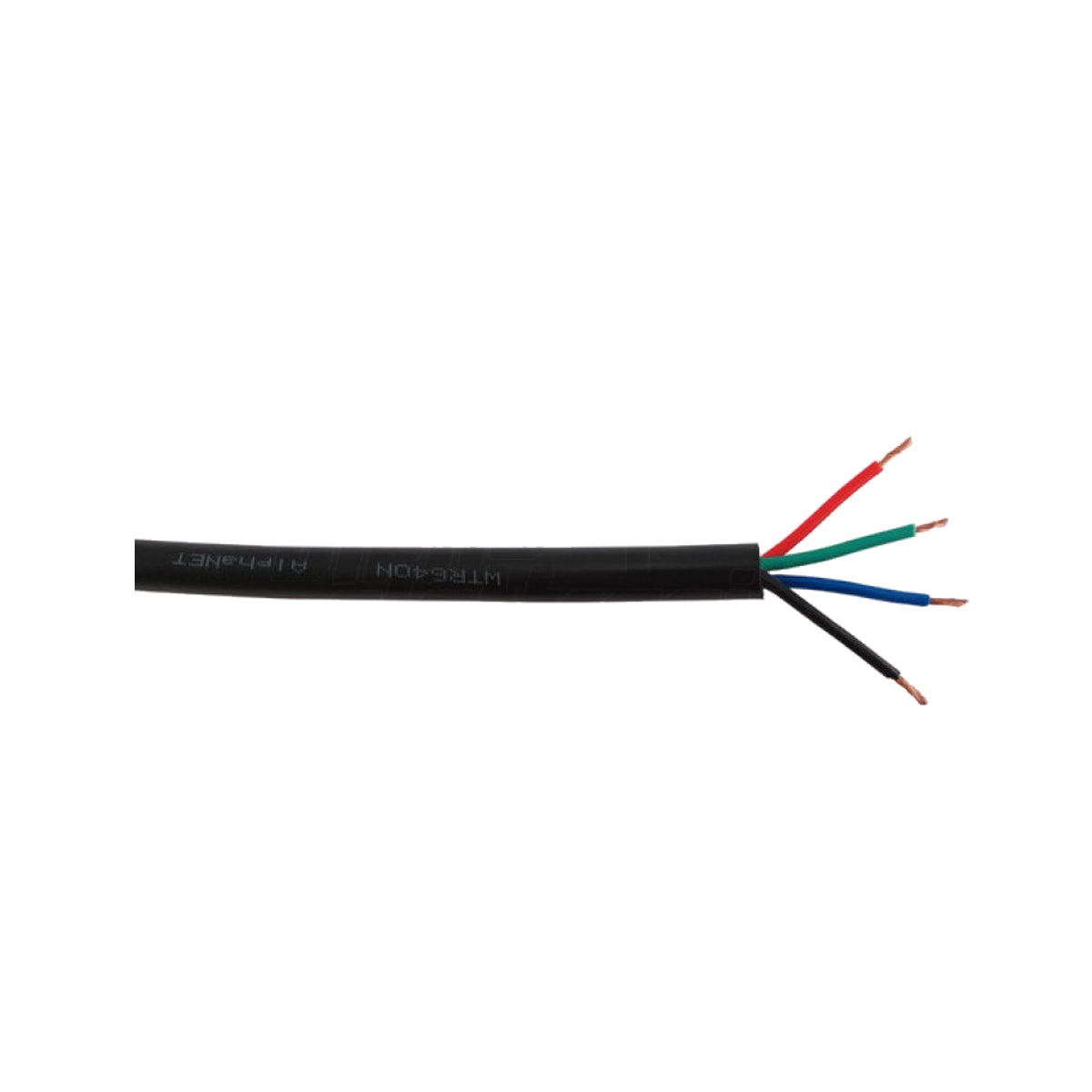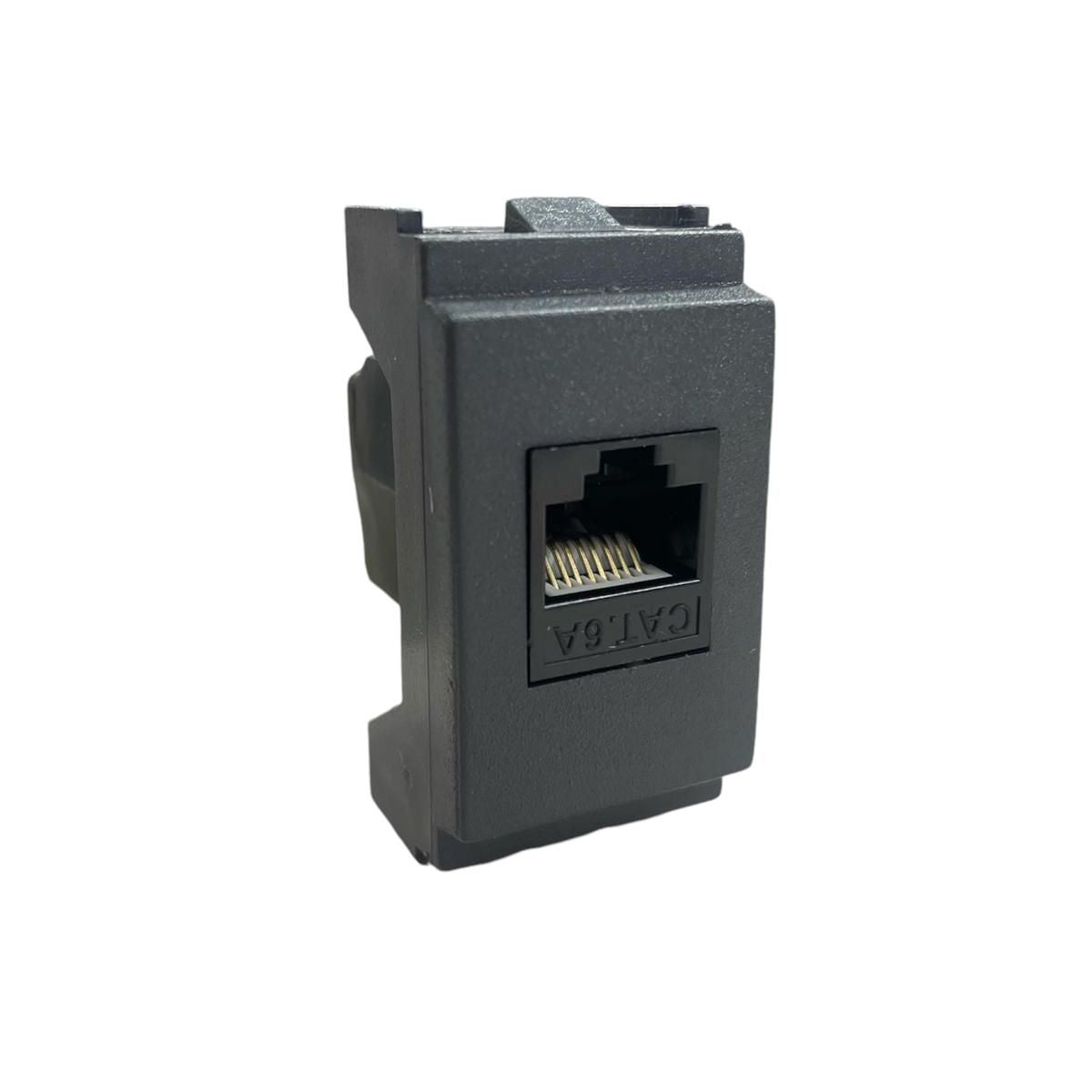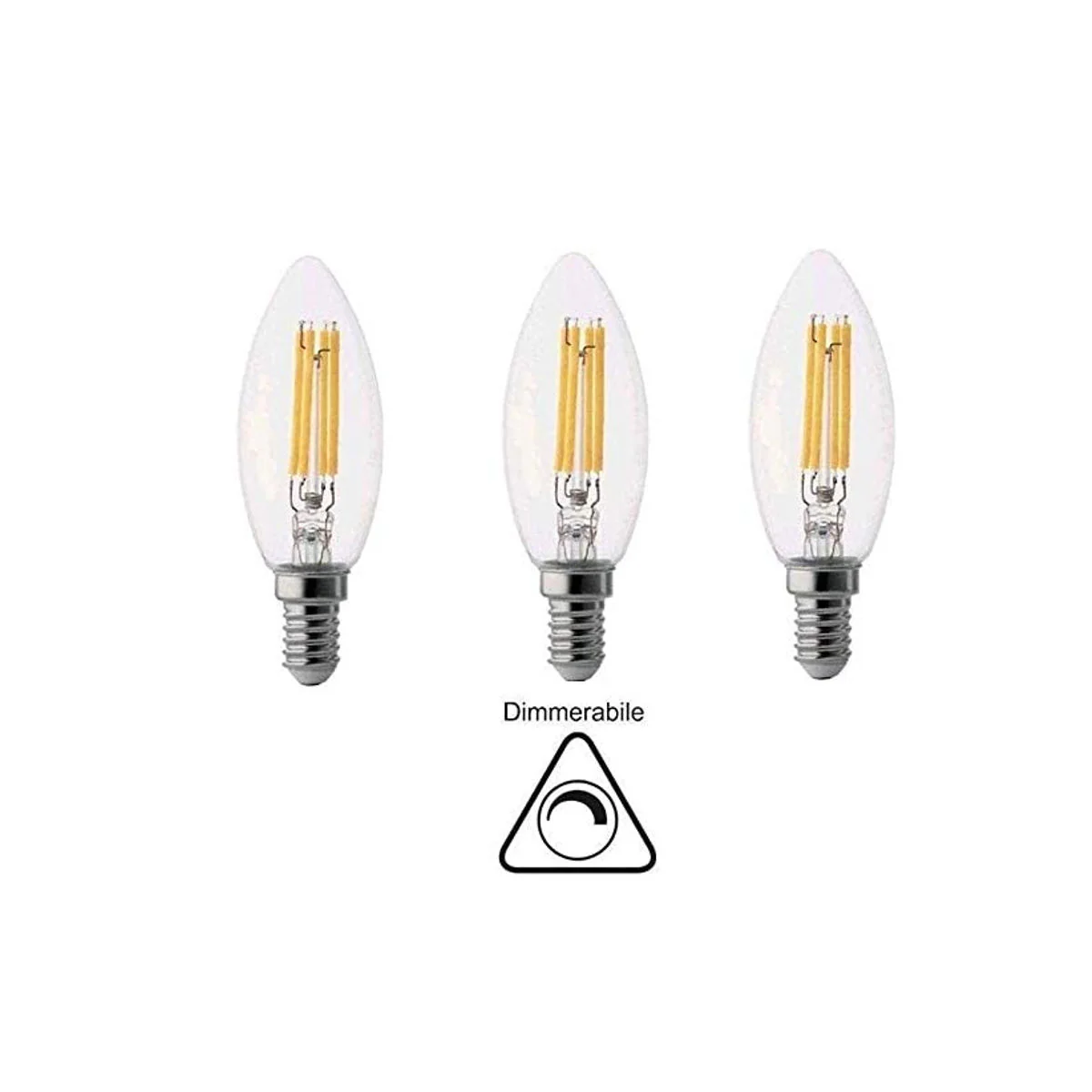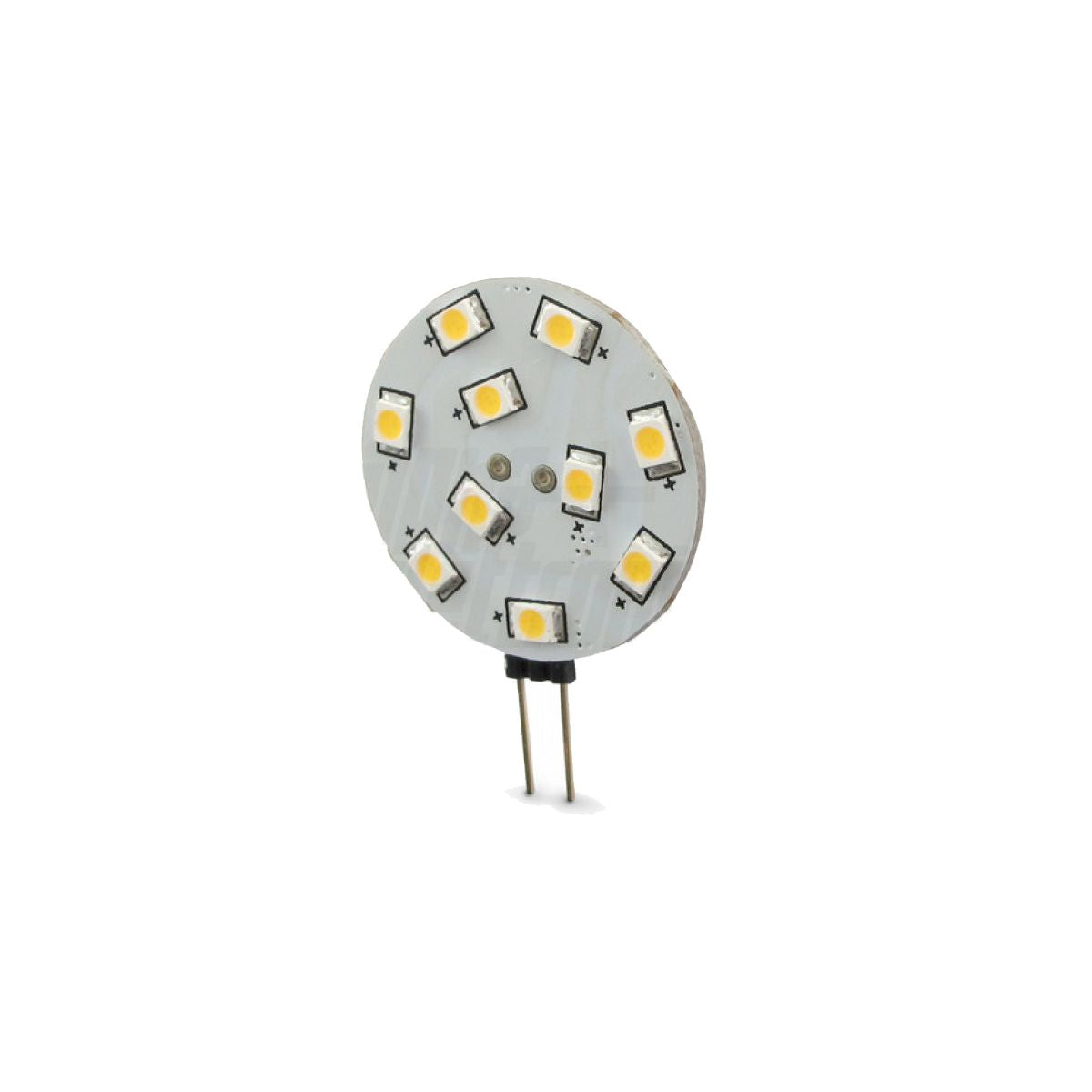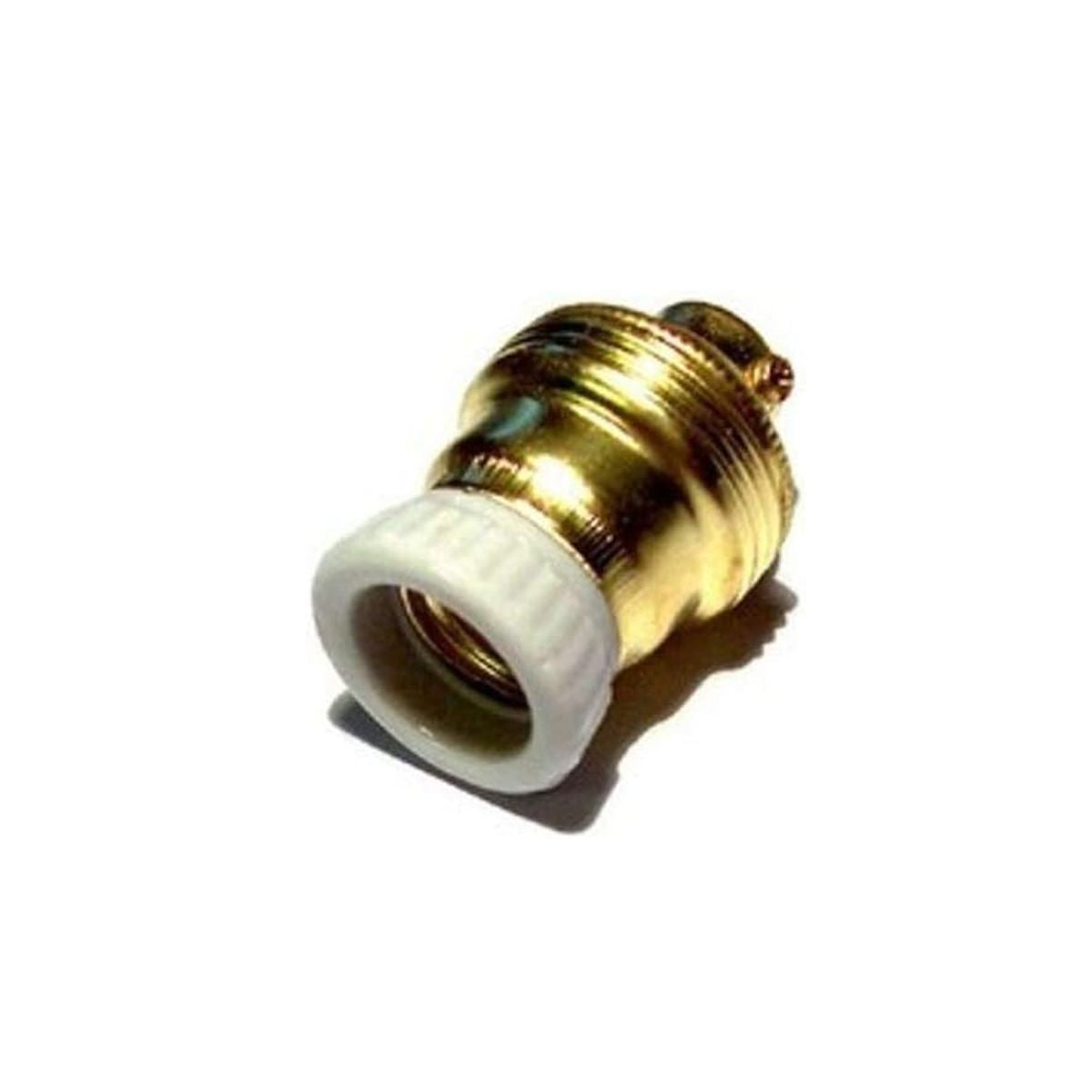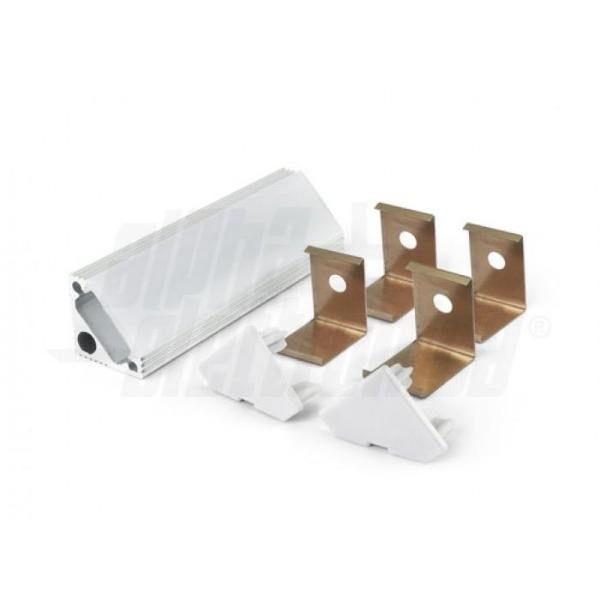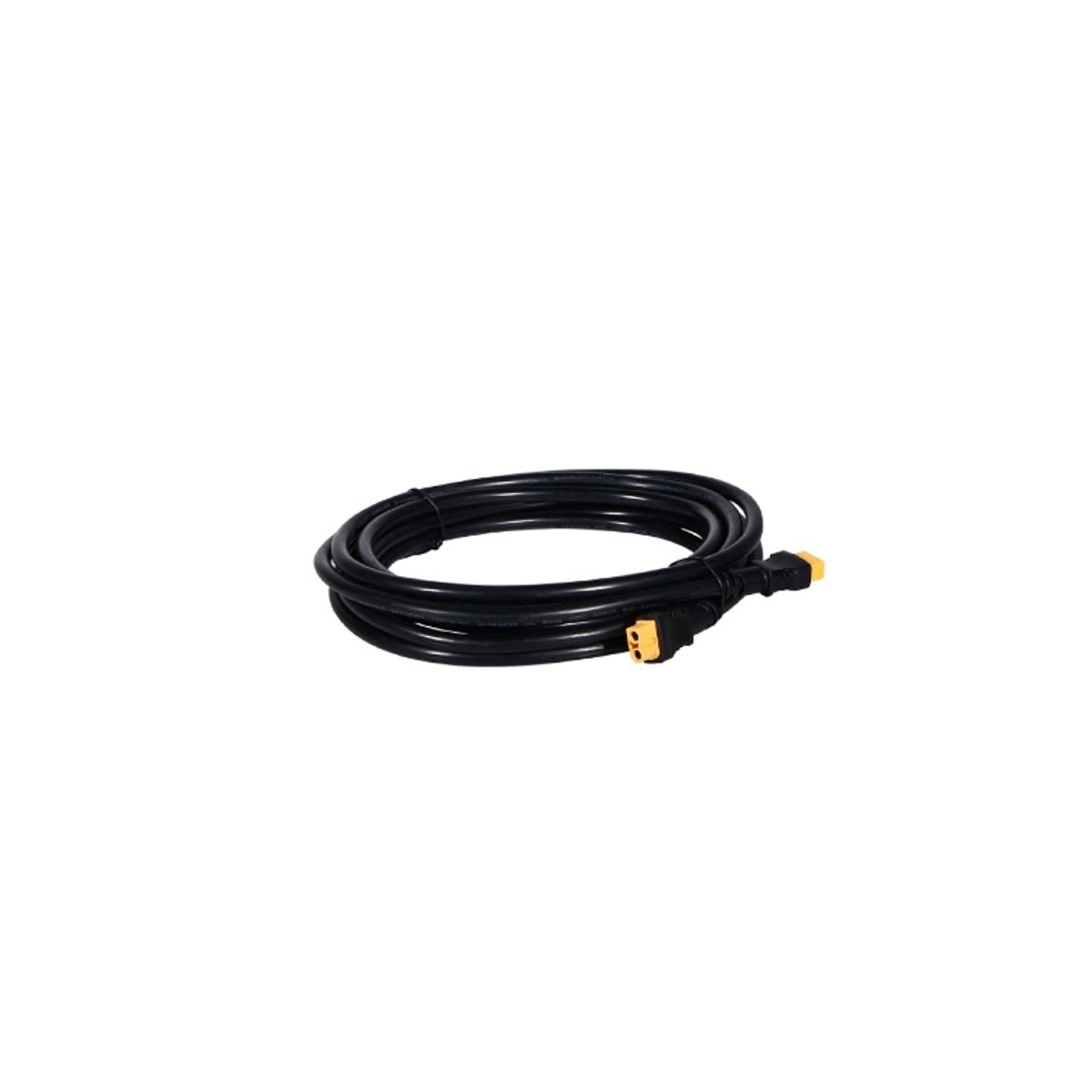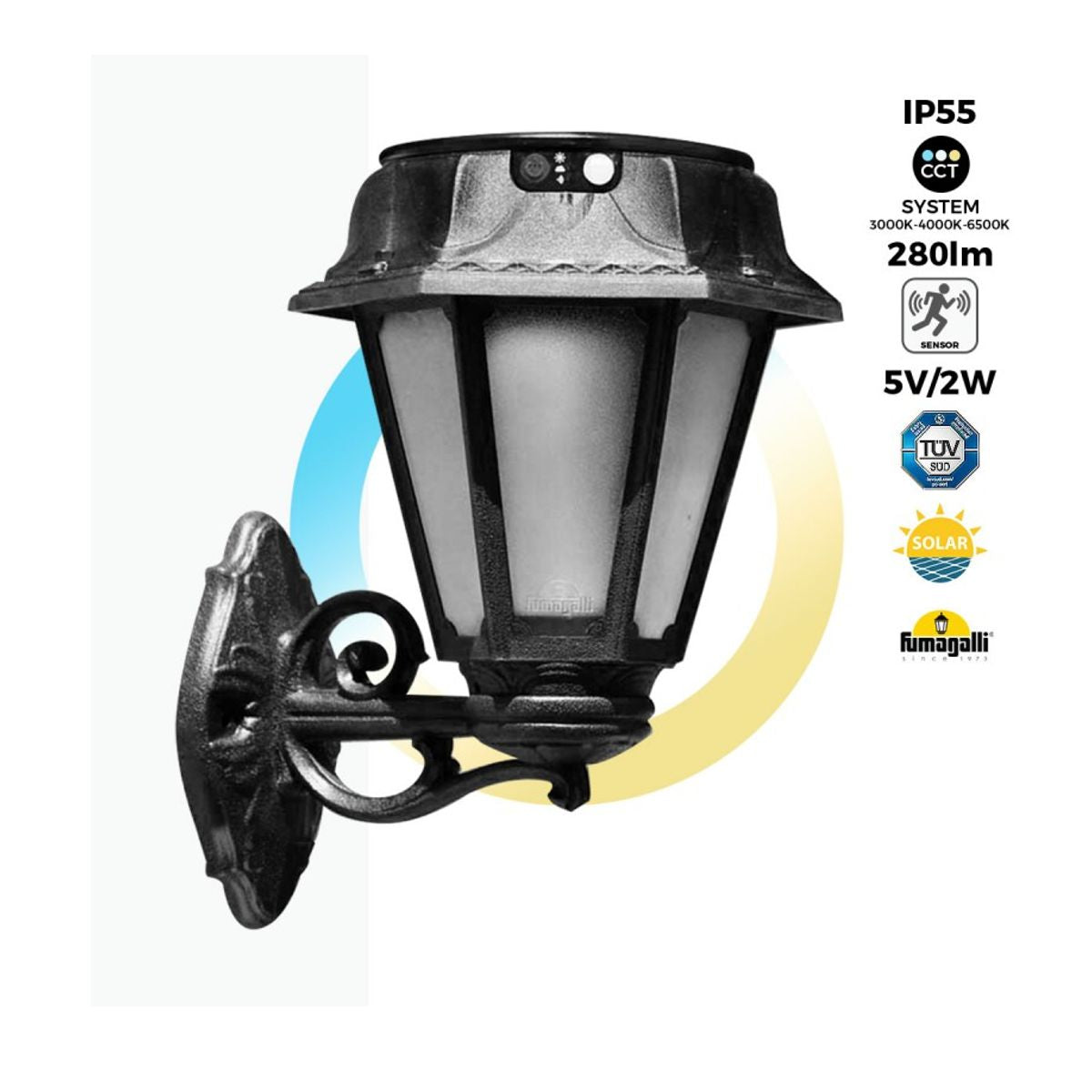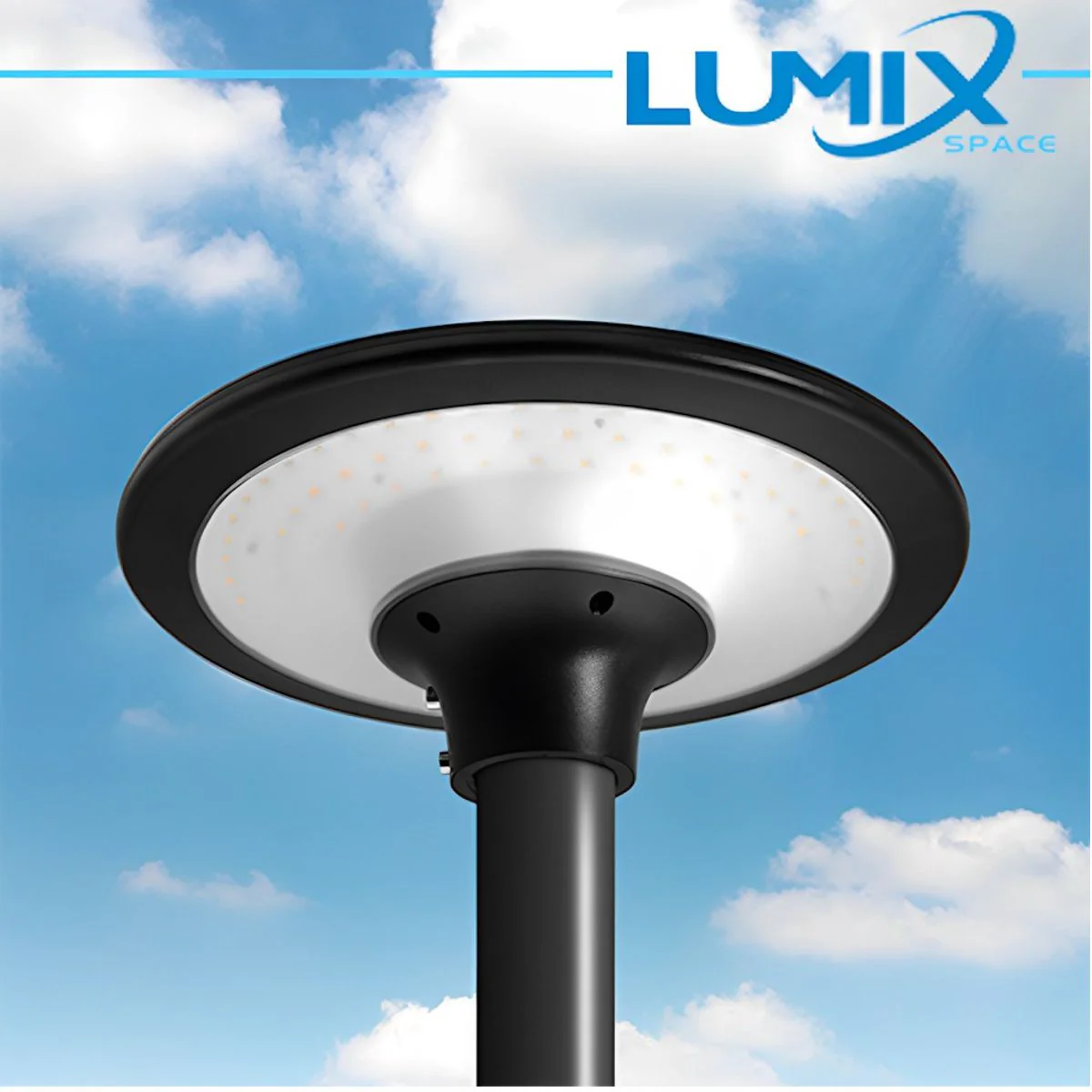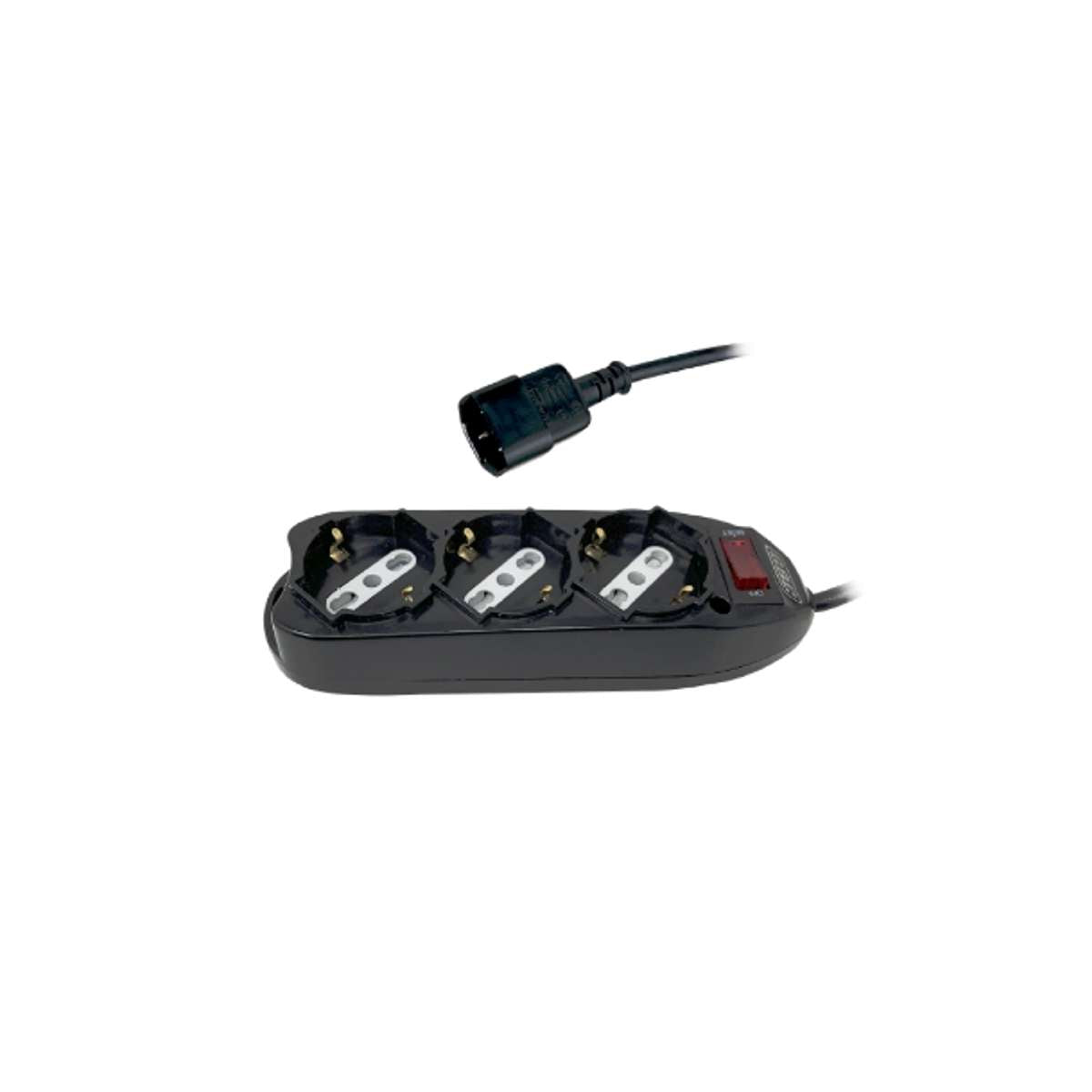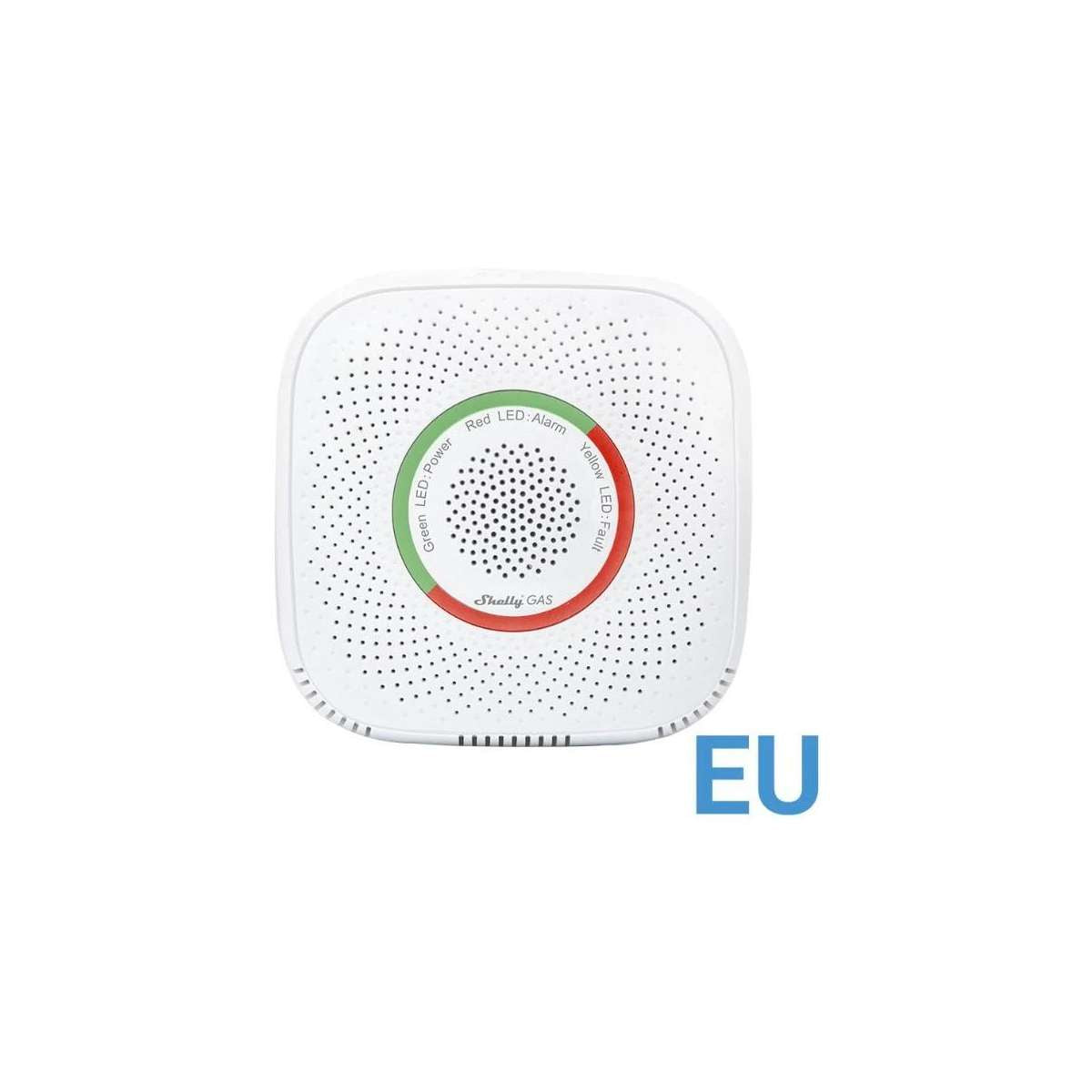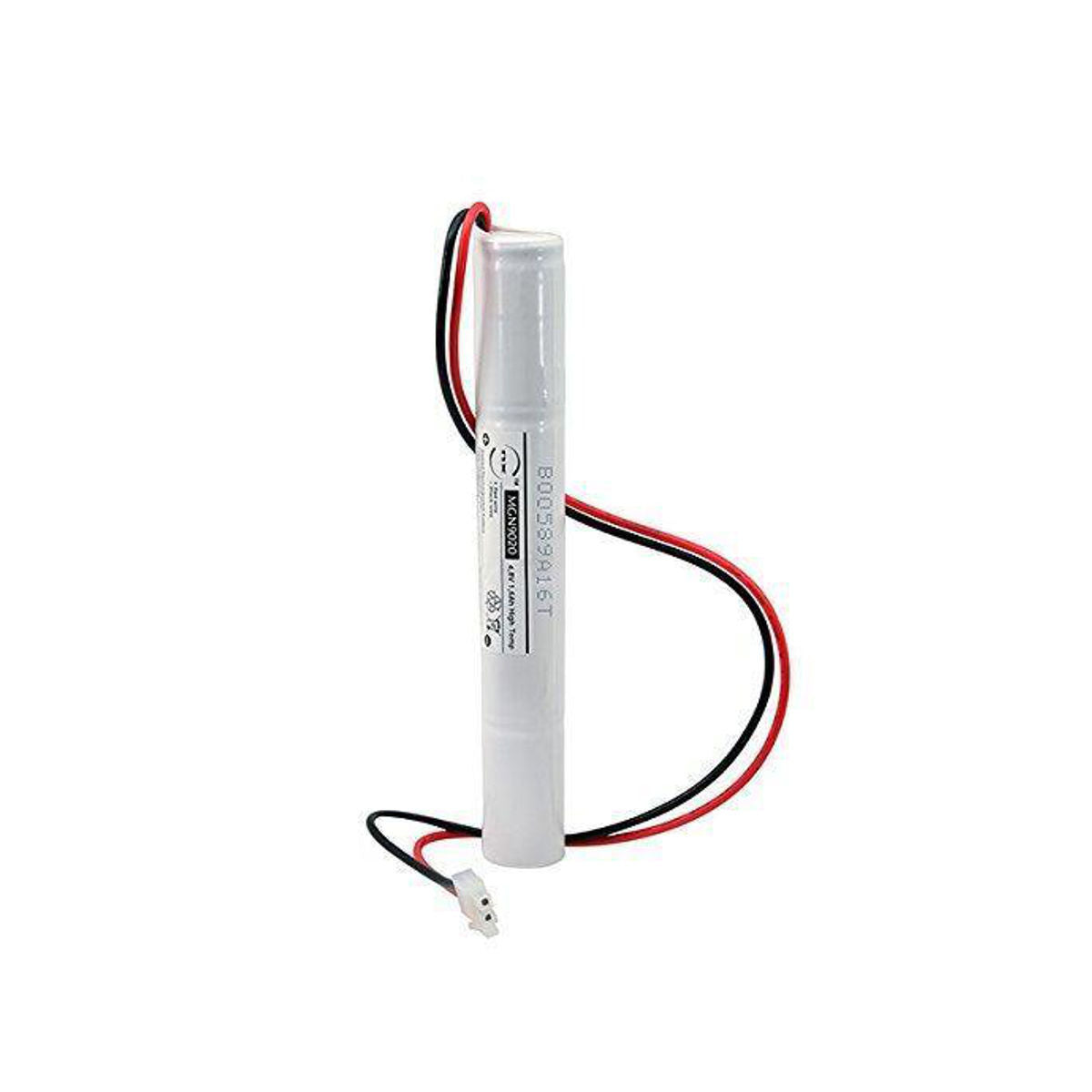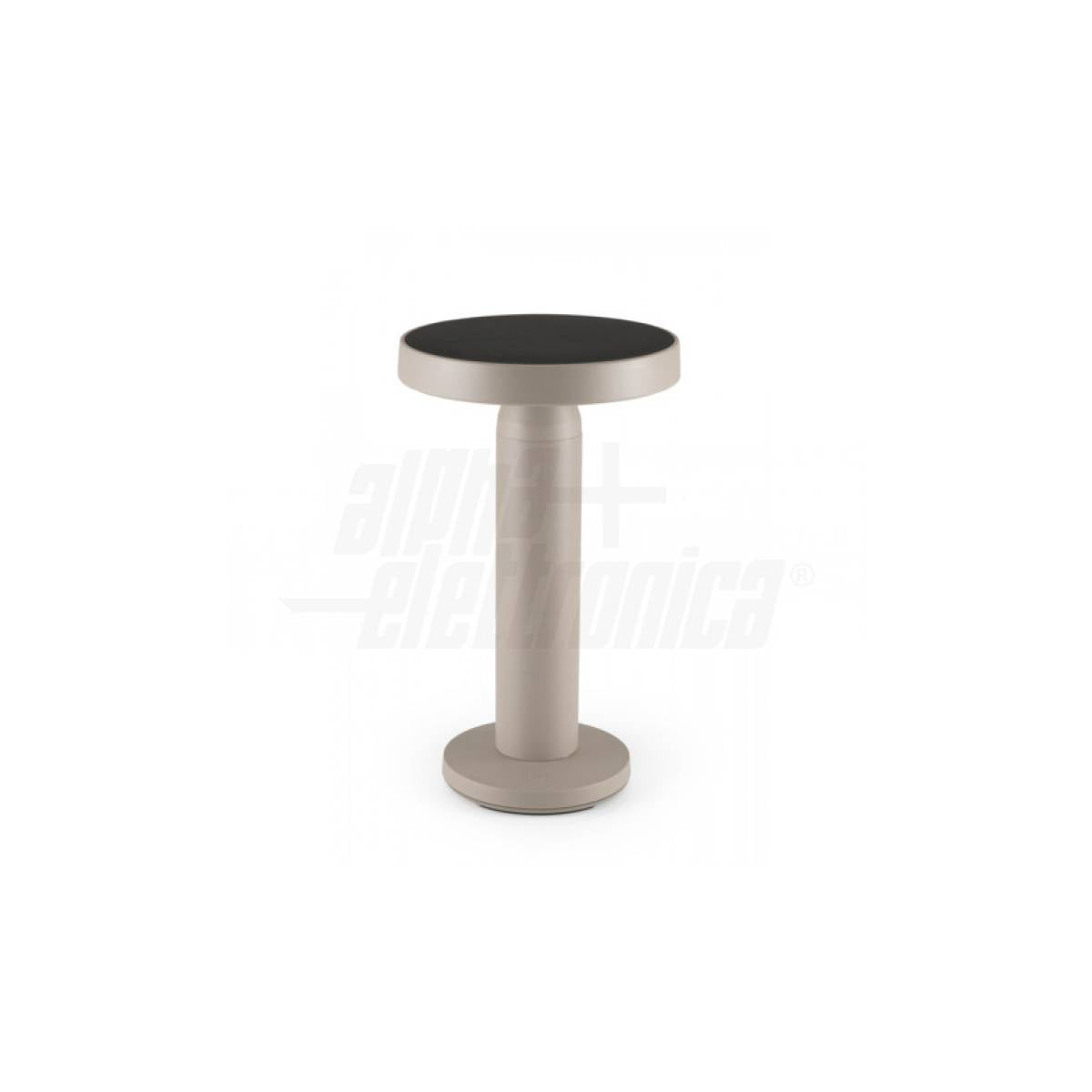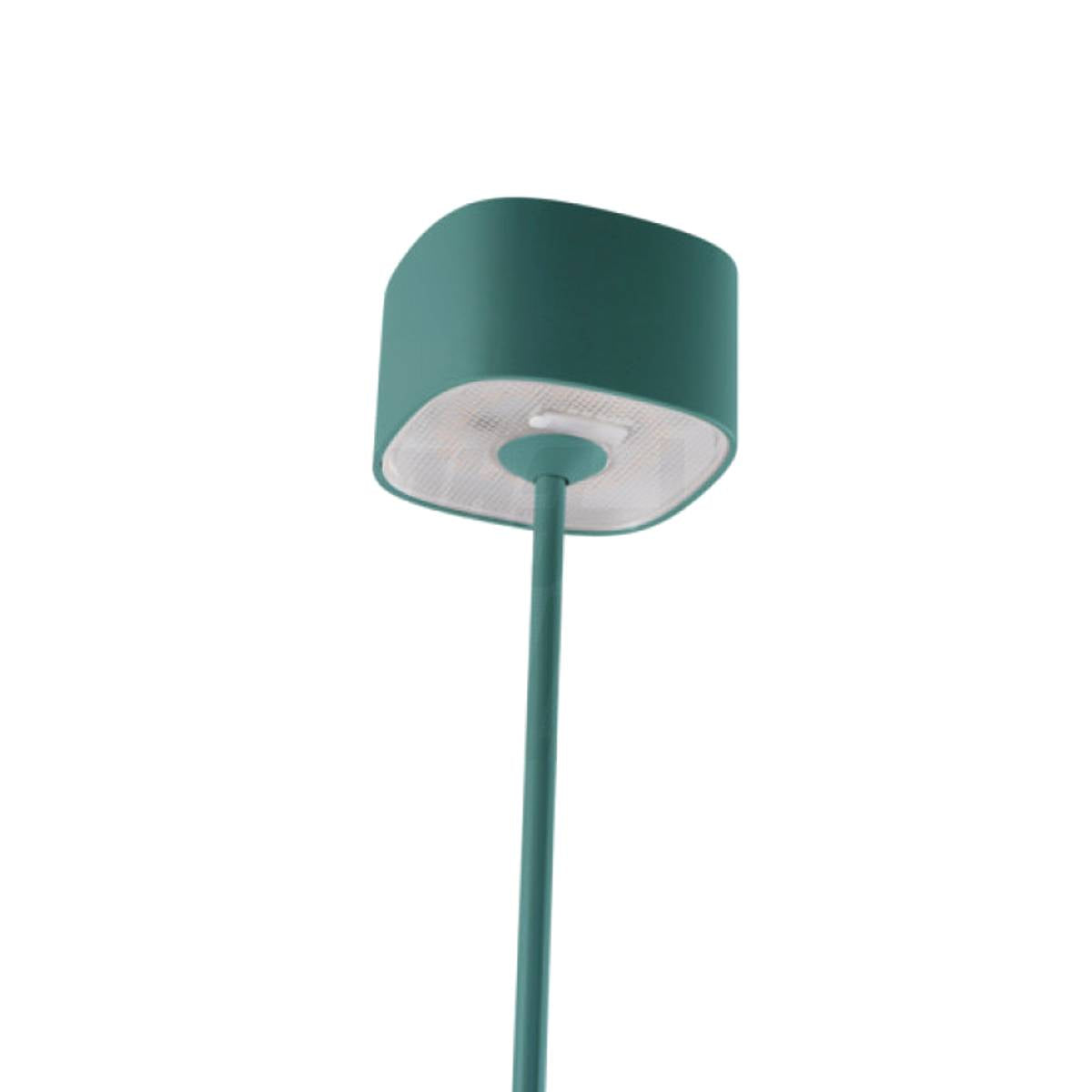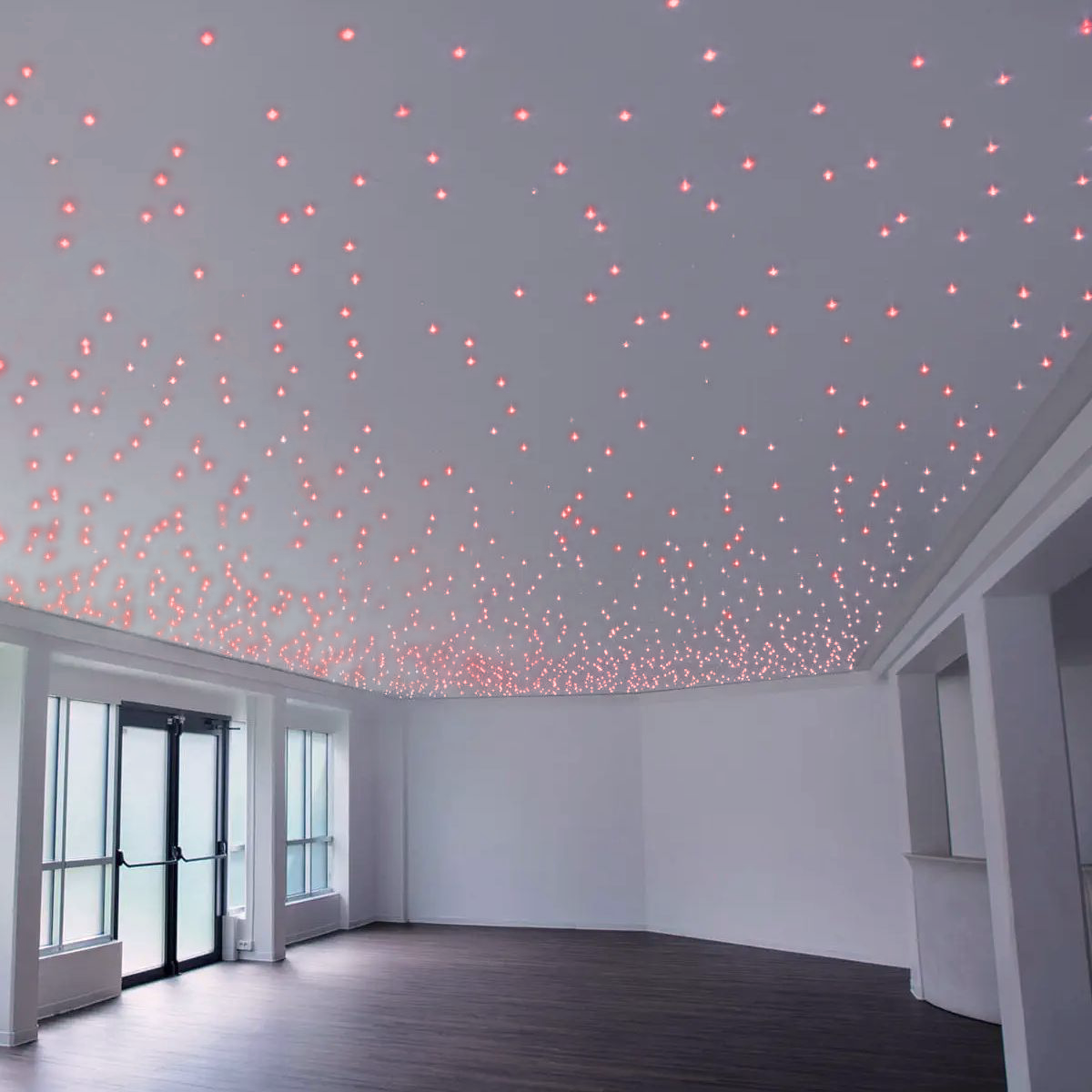Exactly 50 years ago the first visible LED light was created. Although the phenomenon of electroluminescence was discovered in 1907 by the English scientist Henry Round, it was in October 1962 that physicist Nick Holonyak became the "founding father" of Light-Emitting Diode lighting.
Holonyak's invention brought LED displays to market as early as 1964. These handcrafted devices were expensive and, for the first decade, were only available in red. However, given their tiny size red LEDs had enough light intensity and lifetime to be used in pocket calculator and digital watch displays during the first half of the 1970s.
Since then the growth of LED applications has continued with great innovations in materials, optics and the development of semiconductor technologies, generating higher light output, better efficiency and an ever wider range of colours. The use of various semiconductor compounds such as aluminum gallium arsenide phosphide (GaAlAsP), indium gallium nitride (InGaN), and aluminum gallium phosphide (AlGaP), in combination with phosphor coatings, has enabled the further development of LED lighting.

Over the past 50 years , technology has advanced from the color red, through orange, yellow and green in the 1980s, to the first gallium nitride (GaN) based high intensity blue LEDs a decade later. In 1991, the Japanese professor Shuji Nakamura took it one step further with the development of the white LED. It unveiled the first high-brightness LED with a gallium nitride emitter that produced bright blue light, partially converted to yellow using a phosphor coating.
Of course, not only has the broad spectrum of LED colors now available increased, but, in addition to increased energy efficiency, the intensity of light has also significantly increased.
As previously mentioned, LEDs do not directly produce white light but it is produced in two ways:
- Using a blue LED with a phosphor coating to convert blue light into white light via the fluorescence process.
- Combining red, blue and green LEDs to produce white light . White light is produced by varying the intensities of individual red, blue and green chips.
LEDs are set to get smarter all the time. A definition that we will probably hear many times over the next few years, with all electronic devices having their own IP address, even individual LED lamps. This means that in all likelihood we will have the ability to program the lighting in our homes and offices directly from our smartphones. Whatever the future holds, it looks bright for LED lighting.

